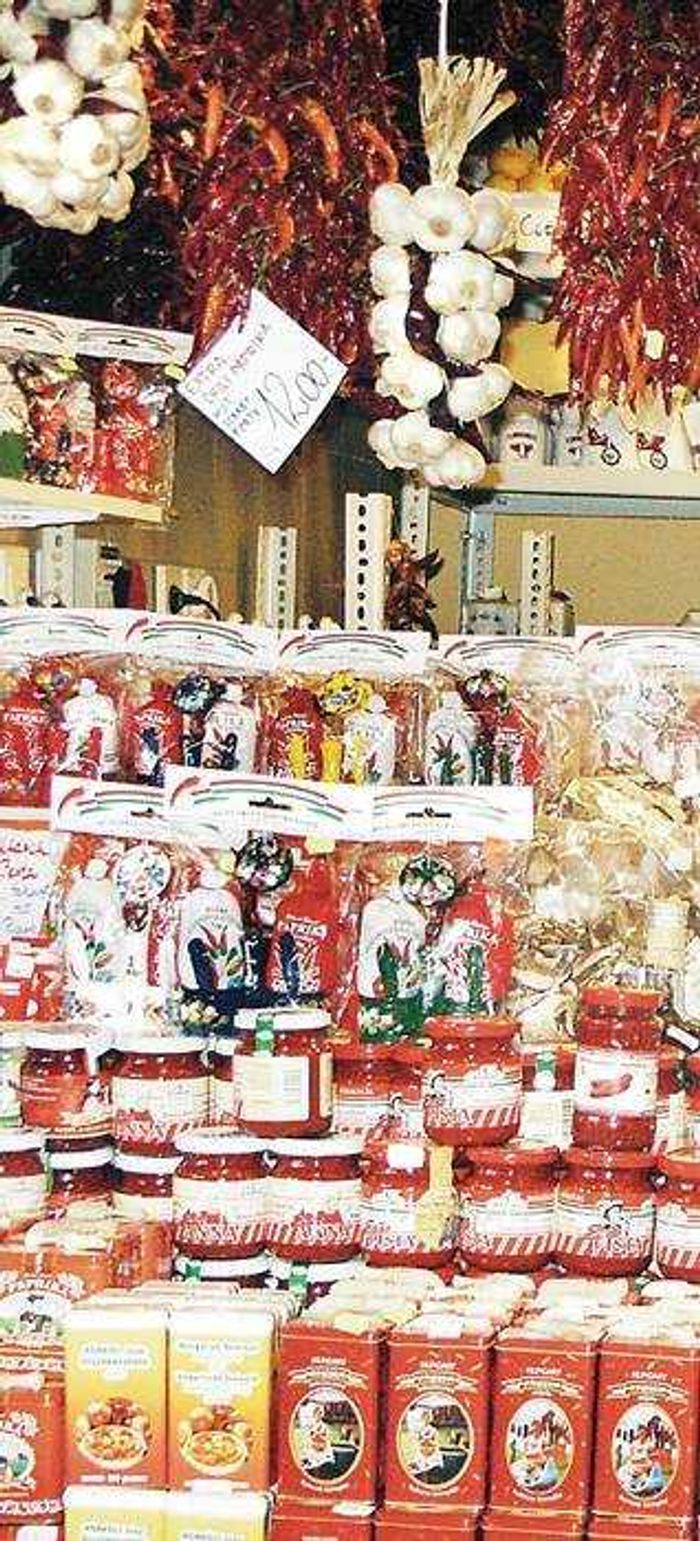Paprika: Beyond deviled eggs
Not long ago the Hungarian government banned the sale of paprika marketed by three local companies because it was found to have been adulterated with a South American strain of the spice that might prove dangerous. Subsequently, seven senior members of the three companies were indicted...
Not long ago the Hungarian government banned the sale of paprika marketed by three local companies because it was found to have been adulterated with a South American strain of the spice that might prove dangerous.
Subsequently, seven senior members of the three companies were indicted.
The resulting scandal demonstrated that in Hungary, they take their paprika seriously -- just as seriously as the Italians take their pasta, the Japanese take their rice, or the English their tea. Indeed, Hungarians find nothing unusual in the fact that a prominent Hungarian scientist, Dr. Szent Gyorgyi, once won the Nobel Prize for research on the substance. (He discovered, by the way, that it contains more vitamin C than oranges.)
Just how seriously Hungarians take their paprika was driven home to me recently when I stepped into Budapest's vast Central Market Hall (Vasarcsarnok) located in the heart of the city just up from the banks of the Danube.

Its grand iron-girder construction is impressive, but more impressive still is the array of fresh vegetables, fish, sausages, cheeses, flowers and handicrafts displayed throughout the huge structure. And at every turn there is paprika -- in just about every form, from fresh to dried to powdered, and in almost every kind of packaging, from bright colorful tins to ceramic jars to burlap sacks, both large and small, and in at least a half dozen different varieties between sweet and hot.
It doesn't take long in this environment to realize how important paprika is to Hungarians. It is the defining feature of their cuisine. It is, in fact, their national spice.
The irony is that despite the indelible link between paprika and Hungarian cooking, the spice is not native to Hungary. The red pepper plant from which it is made is actually a New World food unknown in Europe before Columbus made his voyages. The first pepper plants did not even arrive in Hungary until sometime in the 17th century. No one is quite sure whether it was the occupying Turks who introduced it or ethnic groups from the Balkans. Support for the former theory comes from the fact that the earliest known reference to paprika peppers in an Hungarian dictionary in 1604 refers to them as "Turkish" peppers.
On the other hand, the second theory is given plausibility by the fact that the principal growing region for the spice, the Hungarian towns of Szeged, home of award-winning paprika produced by the famous Palffy brothers, and Kalocsa are in the southern part of the country, close to the Balkans. Whatever the case, paprika was not a commonly used spice in Hungary until near the end of the 18th century or even the first part of the 19th. The word "paprika" itself did not come into regular use until around 1775.
But once the Hungarians got hold of the stuff they made it their own. Experimenting with the spice, they learned that it only releases its flavor when heated and so used it in the browning of meat, creating the essential technique of Hungarian dishes called "porkolt" or "paprikas," or what we term "goulash," and reminding us in the process that paprika can do far more than garnish potato salad or deviled eggs.
Listen to A Harte Appetite Fridays at 8:49 a.m. on KRCU, 90.9 on your FM dial. Write A Harte Appetite, c/o the Southeast Missourian, P.O. Box 699, Cape Girardeau, Mo., 63702-0699 or by e-mail to tharte@semissourian. com.
Connect with the Southeast Missourian Newsroom:
For corrections to this story or other insights for the editor, click here. To submit a letter to the editor, click here. To learn about the Southeast Missourian’s AI Policy, click here.











